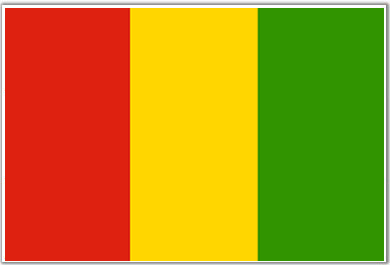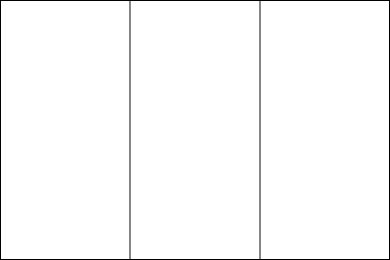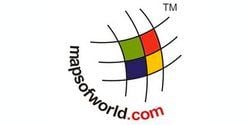- Neighboring Countries - Sierra-Leone, Liberia, Cote d'Ivoire, Mali, Senegal, Guinea Bissau
- Continent And Regions - Africa Map
- Other Guinea Maps - Guinea Map, Where is Guinea, Guinea Blank Map, Guinea Road Map, Guinea Rail Map, Guinea River Map, Guinea Cities Map, Guinea Political Map
Download Picture of Blank Guinea Flag For Kids to Color
The official flag of Guinea is made up of three vertical bands of red (left), yellow (middle), and green (right). These are the Pan-African colors symbolizing the unity of the African nations.
Red symbolizes the blood spilled by the martyrs in the fight for independence; the color red also stands for the labor of the farmers, factory workers, and other people of the country.
Yellow stands for the abundance of mineral resources especially gold in the nation; yellow is also said to represent as the bright sun that shines over the land of Guinea.
Green represents the vegetation, forests, and other natural resources of the country. It is also a symbol of the prosperity and the fertile soils of the nation.
The design and color scheme of the flag of Guinea is influenced by the flag of Ghana. The flag was approved as the national flag on November 10, 1958.
| Official Name: | Republic of Guinea |
| Flag Proportion: | 2:3 |
| Adopted on: | November 10, 1958 |
| Location of Guinea: | Located in West Africa; Bordered by Guinea-Bissau, Senegal, Mali, Liberia, Sierre Leone, and Cote d’Ivoire |
| Capital City of Guinea: | Conakry |
| Major Cities of Guinea: | Kankan, Kindia, Mamou, Boke |
| Area: | 94,926 square miles |
| Population: | 1.31 crore as per (2020) |
| Currency: | Pound Sterling (GBP) |
| Official Language of Guinea: | French |
| National Anthem: | Freedom |
| National symbol(s): | |
| National colors: | red, yellow, green |
| National anthem: | |
| Name: | “Liberte” (Liberty) |
| Lyrics/Music: | unknown/Fodeba KEITA |
Fact about the Guinea flag |
| Country | Guinea |
|---|---|
| Designed by | NA |
| Adopted | November 10, 1958 |
| Revision | NA |
| Design and Colors | A vertical tricolor of red, yellow, and green |
| Size Ratio | 2:3 |


 Facts about Guinea
Facts about Guinea